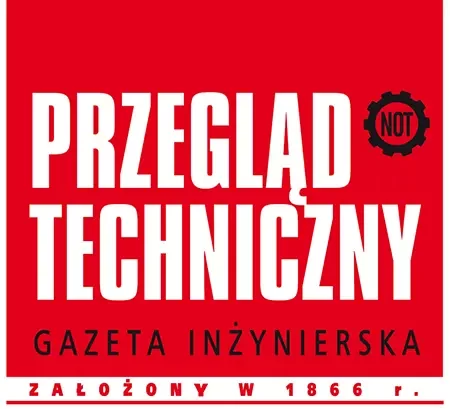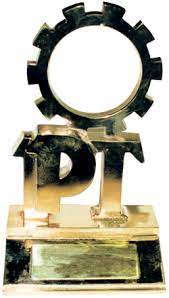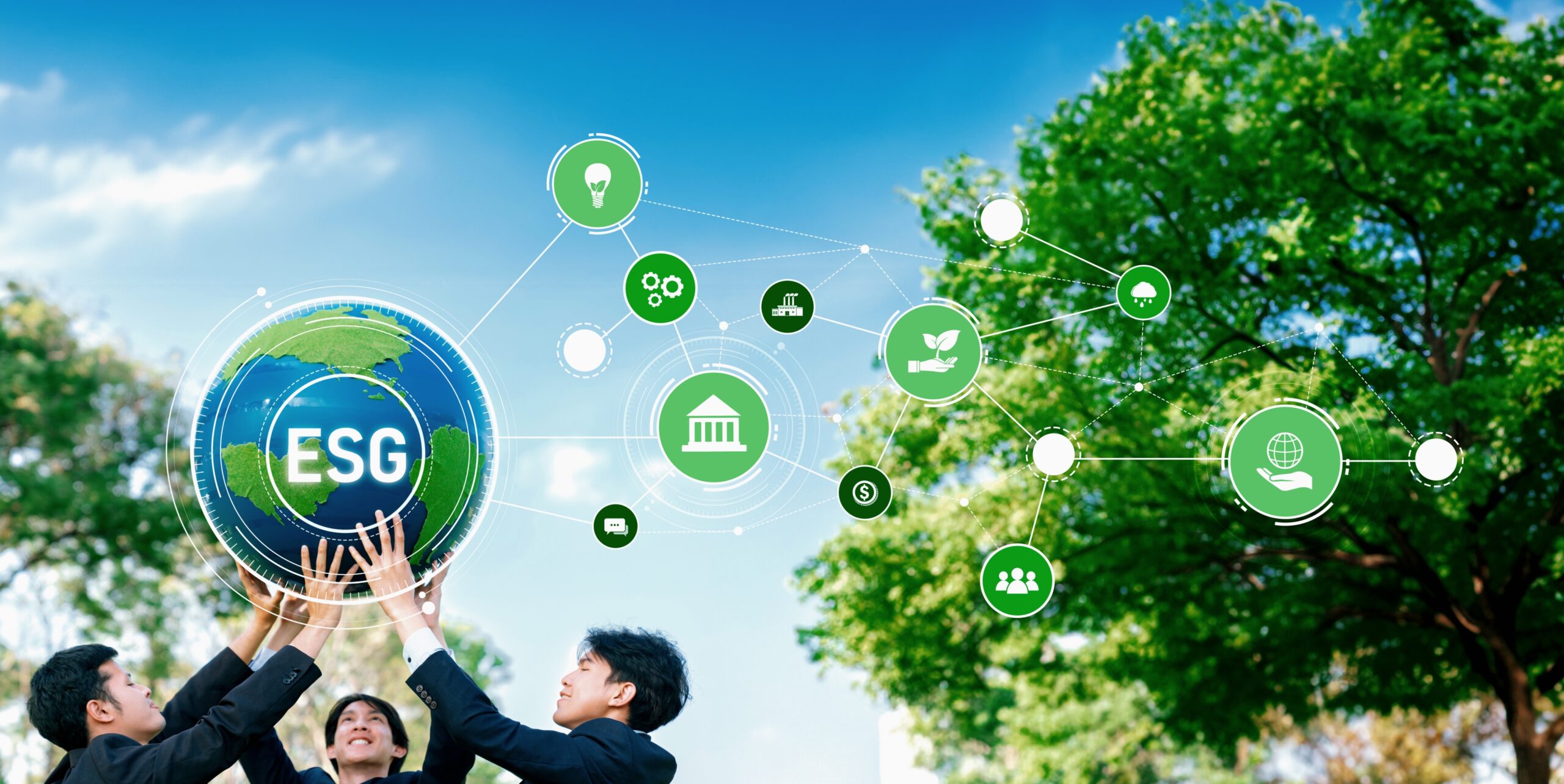Industrial sustainability in the digital age: new challenges and perspectives for engineers
Piotr Biegasiewicz
Streszczenie
Zrównoważony rozwój opiera się na trzech filarach: dążeniu do wzrostu gospodarczego, poszanowaniu środowiska naturalnego oraz zapewnieniu dobrostanu społeczeństwa. W sytuacji postępującej cyfryzacji i automatyzacji oraz urbanizacji istnieje konieczność poszukiwania innowacyjnych rozwiązań, które będą jednocześnie opłacalne ekonomicznie i przyjazne dla środowiska. Inżynierowie pełnią w tych poszukiwaniach kluczową rolę.
Słowa kluczowe: zrównoważony rozwój, cyfryzacja, środowisko, inżynier
Abstract
Sustainable development is based on three pillars: pursuing economic growth, respecting the environment and ensuring the well-being of society. With increasing digitalisation and automation and urbanisation, there is a need to search for innovative solutions that are both economically viable and environmentally friendly. Engineers play a key role in this search.
Keywords: sustainability, digitalisation, environment, engineer
Literatura
[1] Bocken, N. M. P., de Pauw, I., Bakker, C., & van der Grinten, B. (2016). Product design and business model strategies for a circular economy. Journal of Industrial and Production Engineering, 33(5), 308–320.
[2] Brundtland Commission. (1987). Our Common Future. Oxford University Press.
[3] Caird, S., & Hallett, S. (2019). Towards evaluation design for smart city development. Journal of Urban Design, 24(2), 188–209.
[4] Demir, K. A., Döven, G., & Sezen, B. (2021). Industry 5.0 and human–robot co-working. Procedia Computer Science, 181, 486–491.
[5] Deloitte. (2021). Smart city solutions – A global perspective on integrated urban planning and innovation. Deloitte Insights.
[6] European Commission. (2019). The European Green Deal. Communication from the Commission.
[7] European Commission. (2020). A new Circular Economy Action Plan for a cleaner and more competitive Europe. Communication from the Commission.
[8] Ghisellini, P., Cialani, C., & Ulgiati, S. (2016). A review on circular economy: the expected transition to a balanced interplay of environmental and economic systems. Journal of Cleaner Production, 114, 11–32.
[9] Hołyński, M. (2021). Rozszerzona rzeczywistość w procesach przemysłowych: możliwości i wyzwania. Inżynier i Technik, 4, 35–42.
[10] International Energy Agency (IEA). (2021). World Energy Outlook 2021. IEA Publications.
[11] IFR (International Federation of Robotics). (2022). Executive Summary World Robotics 2022 Industrial Robots. IFR.
[12] Jackson, T. (2019). Prosperity without Growth: Foundations for the Economy of Tomorrow. Routledge.
[13] Kirchherr, J., Reike, D., & Hekkert, M. (2017). Conceptualizing the circular economy: an analysis of 114 definitions. Resources, Conservation and Recycling, 127, 221–232.
[14] Martin, G. (2022). Green hydrogen: unlocking the promise of renewable energy. Energy Policy, 158, 112–125.
[15] McKinsey. (2017). Industry 4.0 after the initial hype – Where manufacturers are finding value and how they can best capture it. McKinsey & Company.
[16] Ministerstwo Rozwoju i Technologii. (2021). Strategia na rzecz Gospodarki Obiegu Zamkniętego. Warszawa.
[17] Panasiuk, S. (2020). Recykling tworzyw sztucznych w świetle nowych przepisów unijnych: perspektywy dla Polski. Przegląd Techniczny, 5, 56–62.
[18] Porter, M. E. (2013). Competitive Advantage: Creating and Sustaining Superior Performance. Free Press.
[19] Rosen, R., Wichert, G., Lo, G., & Bettenhausen, K. D. (2015). About The Importance of Autonomy and Digital Twins for the Future of Manufacturing. IFAC-PapersOnLine, 48(3), 567–572.
[20] Schwab, K. (2017). The Fourth Industrial Revolution. Crown Business.
[21] Spohrer, J., & Banavar, G. (2015). Cognition as a service: An industry perspective. AI Magazine, 36(4), 71–86.
[22] Szymański, A. (2020). Kompetencje inżyniera przyszłości w dobie transformacji cyfrowej. Edukacja Techniczna, 12, 44–58.
[23] Tvaronavičienė, M. (2020). Innovations for sustainable development: from the perspective of environmental engineering. Journal of Security and Sustainability Issues, 9(3), 843–852.
[24] Tukker, A. (2015). Product services for a resource-efficient and circular economy: A review. Journal of Cleaner Production, 97, 76–91.
[25] United Nations Environment Programme (UNEP). (2022). Global Environment Outlook – GEO-6: Regional Assessments. UNEP.
[26] Wang, A., & Wang, B. (2020). Power-to-gas technology for energy storage: A review. Renewable and Sustainable Energy Reviews, 122, 109722.
[27] Wolfert, S., Ge, L., Verdouw, C., & Bogaardt, M. J. (2017). Big Data in Smart Farming – A review. Agricultural Systems, 153, 69–80.
[28] Zhao, L., & Huo, G. (2022). How Industry 4.0 technologies revolutionize the business models in the manufacturing industry: A systematic literature review. Industrial Marketing Management, 102, 71–85.




